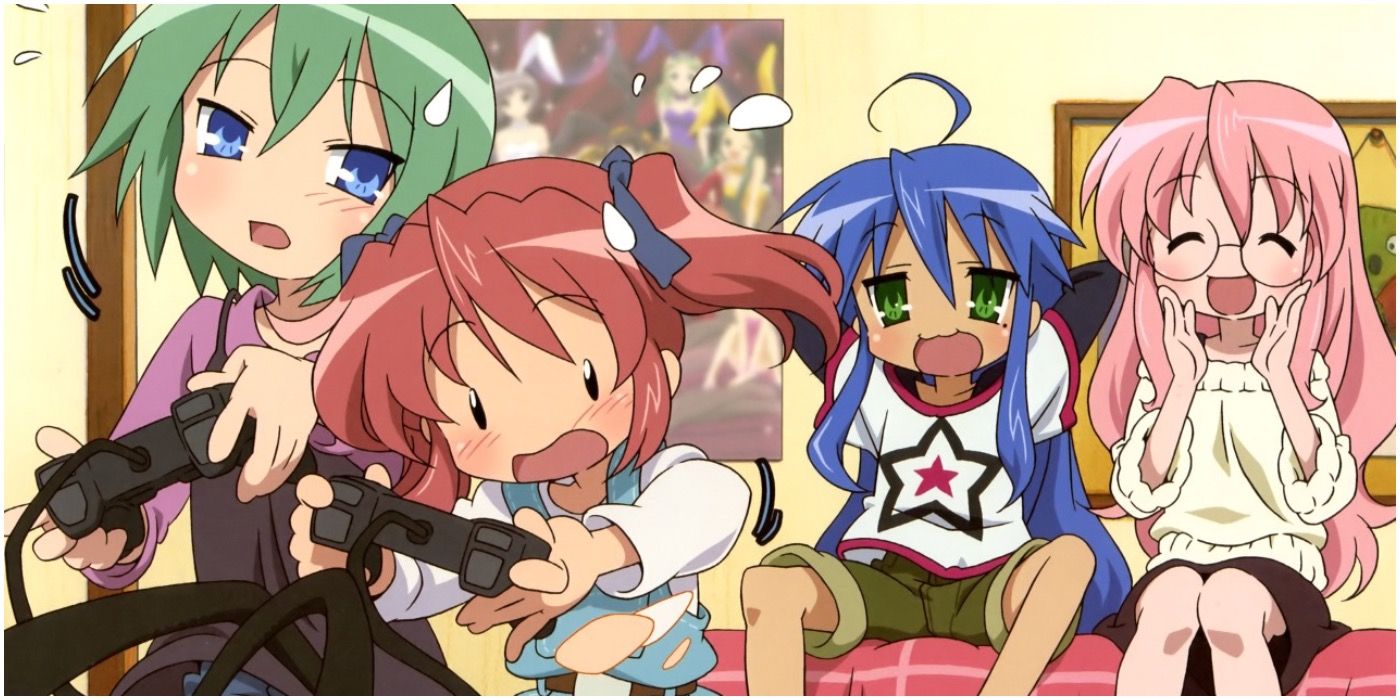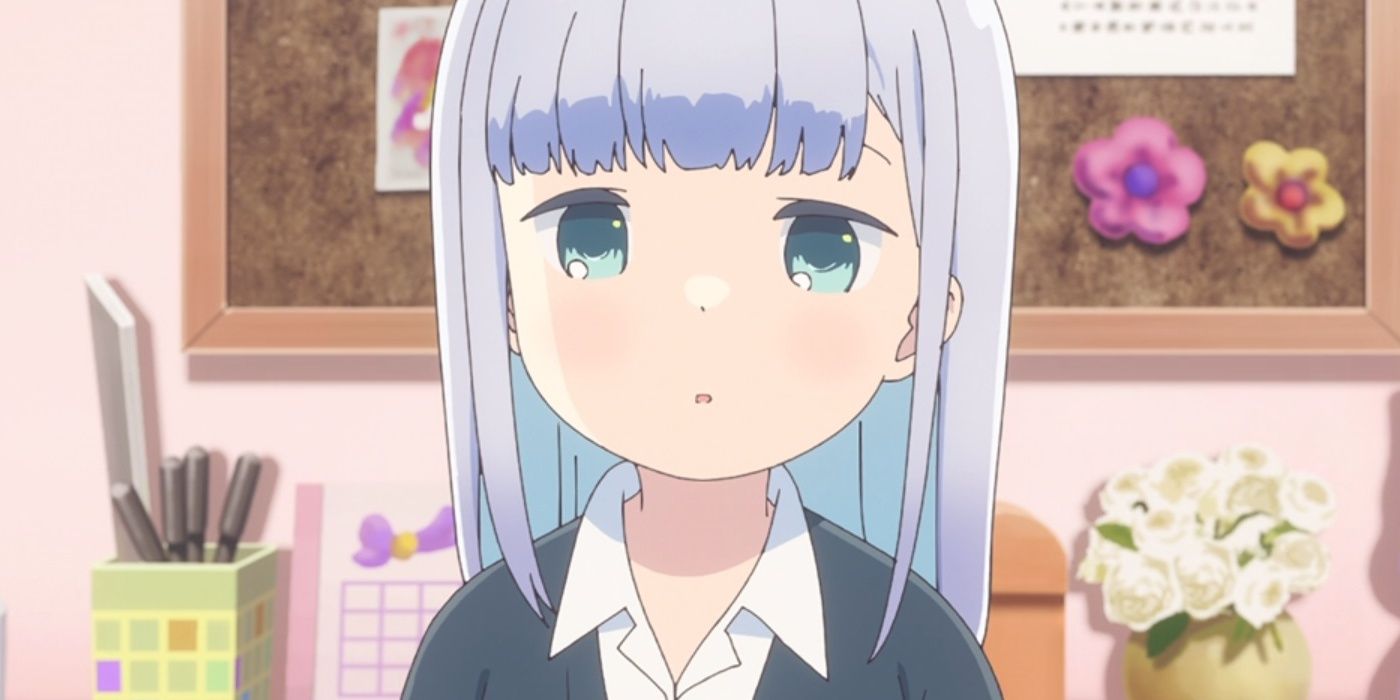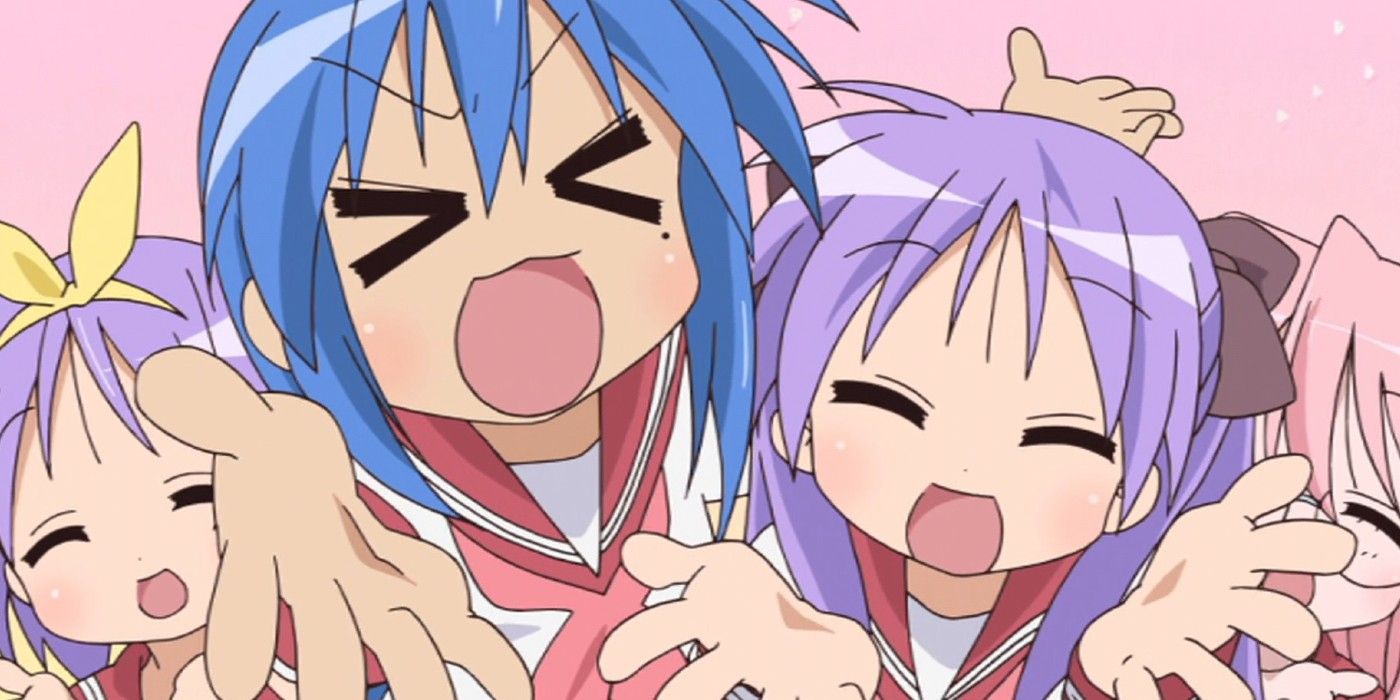A curious term even by anime standards, "moeblob" is a label no character desires to be associated with. It essentially means a character is very cute, but has no discerning personality and serves little real purpose to the story. Here's an explainer on what exactly moeblob means, where it originated, and a few examples of series and characters that fall under this labeling.
The term "moeblob" is derived from two words. "Moe" refers to a character who is very cute and helpless, so much so that the viewer will instinctively want to protect them. "Blob" comes from the English word that means "a drop of thick liquid." When combined, it creates a less-than-affectionate word referring to cute characters, often female, whose entire personality revolves around them being cute and weak. Here are some examples.
What Traits Make an Anime Character a "Moeblob"?
As characters, moeblobs are typically small and cute. While they are often female, there are rare instances where the trope can be applied to male characters. These characters are usually shy and soft-spoken, which often results in poor social and communication skills. When crying, they never ugly cry; their eyes will get big and watery and their cheeks will puff up and turn red, making them look even more helpless than usual.
Aharen from the currently airing Aharen-san Is Indecipherable is a perfect example of this. She ticks all the necessary boxes to qualify as a moeblob, especially the small and cute part. Her smallness in particular is often highlighted in the show by comparison to her seatmate and co-protagonist Raido, who just about towers over her. Like most moeblobs, Aharen has poor social skills, which is why she had no friends prior to meeting Raido. Everything about her character just screams "Look at this small school girl! Isn't she cute?! Don't you just want to protect her?!"
"Moe" as a Genre in Anime
The term "moe" came about in the late 90s and became popularized as a genre sometime in the early 2000s. Shows that feature a cast full of moeblobs are often either based on dating sims or slice-of-life anime featuring cute, young female characters with ages ranging from elementary school to high school. These types of shows will often have many cute girls who stick to a specific archetype: the short one who's older than she looks, the school idol who seems to be practically perfect in every way (except, of course, when it comes to love), the temperamental tsundere, the quiet dandere, and occasionally, the secretly possessive yandere. Having male characters for this type of show is often entirely optional.
Kyoto Animation was one of the first studios to really popularize this genre especially in the west, with many of its earlier works being adaptations from Key's popular dating sims such as Air, Kanon and CLANNAD. It featured high school-aged girls that yelled out things like "Uguu!", spoken in third-person, and obsessed over cute mascot characters.
Lucky Star and K-ON! in particular brought more recognition to the term "moe" among overseas fans for outright using the word in-series on more than one occasion (particularly the popular "Moe Moe Kyun!" scene from Episode 4 of K-ON!). The studio soon became well-known for its signature soft, puni-plush art style that's present even in Free! and Tsurune, two sports anime with a predominantly male cast.
While there is no shortage of moe characters and anime, it has started to decline in recent years. Even KyoAni, the master of moe, has begun to branch out to other genres in recent years. In fact, despite Lucky Star and K-ON!'s popularity in the mid-2000s, both shows never received popular conclusions, with Lucky Star getting an anime-original ending and K-ON! concluding on the graduation of the initial cast with no word of adapting their college adventures in the sequel manga.
In fact, of all the anime Kyoto Animation has ever produced, Free! is the first and currently the only series to receive a third season. So for anime fans with a hankering for more good quality moe titles, they might have better luck checking out some visual novels.



